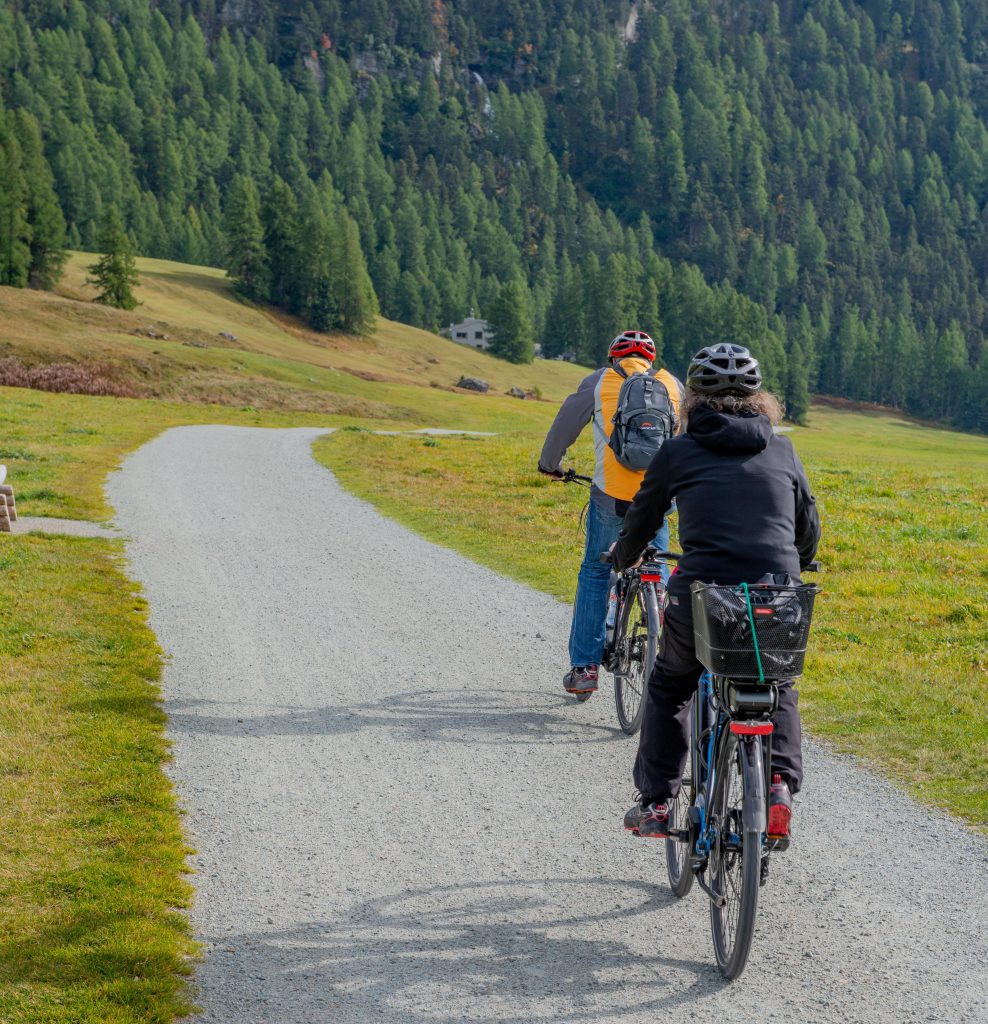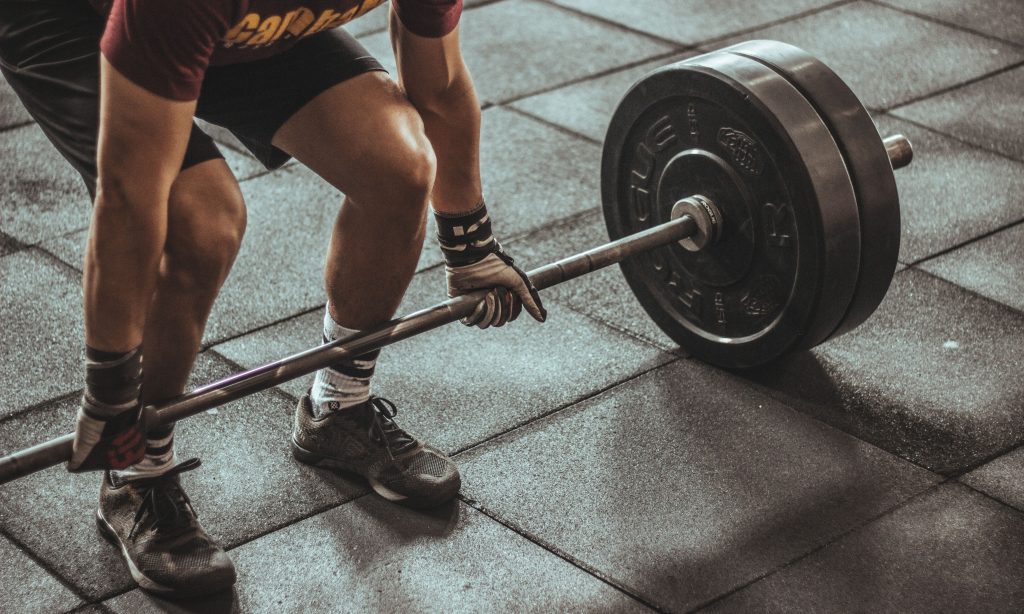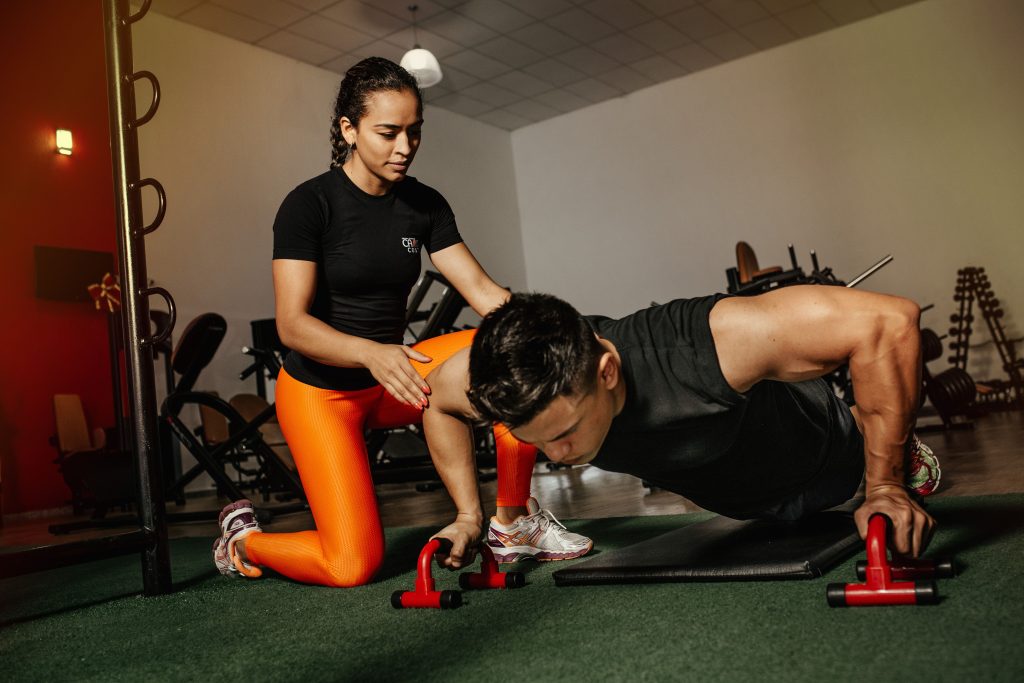As a cycling enthusiast, you must first have the ability to continue riding a training distance at a certain speed. Although leisurely cycling can also develop aerobic metabolism, when faced with headwinds, slopes, or fast cycling, you will feel strenuous, panting, and your legs will no longer be at your disposal. How can we increase the speed of riding and achieve fitness, fat loss and aerobic exercise?
According to my personal cycling experience for many years, the training principles that should be followed are:
(1) Improve cardiopulmonary endurance;
(2) Strengthen the ability of aerobic exercise;
(3) Increase the endurance of muscles;
(4)Do some cross-training.
Cardiorespiratory capacity is the foundation, muscle endurance is improved, and will persistence is fundamental. If the three abilities can be fully developed, the cyclist will enter a new stage.

Improve cardiopulmonary endurance
First of all, you must measure your own heart rate. The lowest heart rate can be measured before getting up in the morning. Of course, the highest heart rate is best if you have a heart rate monitor. If you don’t have a watch, you can use a local method, such as riding a kilometer fast (after warming up) and immediately measuring your own pulse. The number of beats per minute. After measuring the minimum and maximum heart rate, train from low to high between the two values (cycling, running, climbing, swimming). The training process should be more than 45 minutes, and the maximum heart rate after warming up is 65% to 80 %.
That is, measure your own pulse in the morning after training. If it is higher than the pulse (heart rate) of the previous day, it indicates that fatigue has not recovered and can only be used for relaxing activities. If normal, you can retrain as planned. When the heart rate of the first morning is lower than the normal value (the value measured before training), it indicates that the next level of training can be carried out.
In my cycling training, especially when climbing hills, the breathing rate and depth will increase as we get closer to the slope, which we often say is out of breath. The reason for the difficulty in breathing is that the muscles need more at this time. Oxygen supply. Don’t hold your breath in this situation. You must use your mouth and nose for breathing together. This is also the best time to exercise your heart and lungs.
Cardiorespiratory endurance, or cardiovascular endurance, refers to the ability of the body to sustain prolonged exercise. It is a key indicator of overall health and measures how well your body takes in and utilizes oxygen while you engage in physical activity. Essentially, it reflects your body’s ability to take in air and distribute it effectively throughout the body to improve cardiovascular performance.
When we inhale, our lungs fill with oxygen, and some of that oxygen enters the bloodstream. This oxygen-rich blood then goes to the heart and circulates throughout the body, organs, and tissues.
During exercise, whether it’s weightlifting or cardiovascular activities, your muscles require sufficient oxygen to perform optimally during the high-intensity workout. If the muscles don’t receive enough oxygenated blood and nutrients, waste products start to accumulate, leading to fatigue.
In summary, your level of cardiorespiratory endurance directly affects your physical performance, whether it’s training or participating in sports.
Measuring cardiorespiratory endurance is typically done through VO2 max testing, which involves assessing maximal oxygen consumption in a laboratory, clinic, or hospital by clinical physicians or specialized physiologists. Submaximal tests can also be performed by qualified fitness professionals, particularly for individuals with lower fitness levels or potential heart issues.

How to improve cardiorespiratory endurance?
- Running: Long-duration running has been proven effective in enhancing endurance and promoting weight loss, while also improving mood and emotions.
- Jumping rope: Jumping rope is a cardiovascular exercise that can be done in a limited space and provides a fun way to improve endurance.
- Swimming: Swimming is a low-impact aerobic exercise that elevates heart rate while reducing joint impact, making it suitable for individuals with joint problems.
- Dancing: Dancing is an enjoyable way to relieve stress and engage in aerobic exercise. It can be done in various forms and settings, including dancing at home to favorite tunes.
- Walking: Brisk walking is a simple yet effective way to elevate heart rate and improve endurance. It can be done outdoors or on a treadmill with gradually increasing intensity.
- Cycling: Cycling classes or outdoor biking offer a refreshing alternative to running on sidewalks or using treadmills, effectively improving cardiorespiratory endurance.
- Hiking: Hiking in mountainous areas not only enhances cardiovascular health but also positively impacts emotional well-being.
These are just a few examples of activities that can enhance cardiorespiratory endurance.
To specifically target endurance improvement, the following exercises can be performed correctly:
- Jumping Jacks: Start with feet together, jump up, spread legs and arms apart, and return to the starting position.
- Burpees: Begin in a standing position, then perform a squat, kick legs back to a push-up position, return to a squat, jump up, and raise arms overhead.
- Lateral Jumps: Jump laterally with both feet simultaneously, and for added challenge, jump over an object.
- Side-to-Side Jumps: From a standing position, lower into a half-squat, move the right foot as far right as possible, bring left foot close to the right, then move the left foot as far left as possible, and continue alternating.
- Mountain Climbers: Start in a plank position, bring one knee toward the chest, then alternate legs in a running motion while keeping the core engaged.
Remember that the number of repetitions for each exercise should be based on individual capabilities and monitored heart rate.
Regular participation in aerobic exercises can significantly improve cardiorespiratory endurance, promoting cardiovascular health, and enhancing the body’s ability to utilize oxygen effectively.
Aerobic exercise capacity
Aerobic capacity, also known as VO2 max, is the amount of oxygen used to produce energy during maximal aerobic exercise. The more oxygen a cyclist can use, the more energy the cyclist will produce and the more power the cyclist will output (the force applied to the pedals is converted to watts.)
Typically, the fastest cyclists in a race have the highest aerobic capacity. Aerobic capacity is not a predictive indicator of success. VO2 max readings won’t tell us how a race will unfold; they will only tell us who the competitors are. Aerobic fitness is actually at the core of cycling success—the more oxygen athletes can deliver to their muscles, the higher their VO2 max, and the greater their potential to ride faster.
The improvement of aerobic capacity is the most important for cyclists. This is what we usually call riding endurance. It brings many benefits:
(1) Improve the ability of glycogen storage;
(2)Effectively improve the body’s metabolic capacity (increase oxygen intake);
(3) Strengthen the capillary tissue in the muscle;
(4) Increase the oxidase that burns fat;
(5) Increase muscle energy release;
(6). Give priority to using fat to release energy.
Therefore, aerobic training is the central task of primary training, and a lot of time should be used for this endurance training. Long-distance riding is the most basic training arrangement. According to relevant information, a training time must be more than 40 minutes and a heart rate of 120/min to have a significant training effect. We should increase the time by 2-3 times with the same heart rate.

How to improve aerobic capacity of the method?
- Long, steady rides: Include longer rides at a moderate intensity to build your aerobic base. Aim for rides that last at least 60 minutes or more, gradually increasing the duration as your fitness improves.
- Interval training: Incorporate interval workouts into your training routine. Alternate between periods of higher intensity and recovery periods of lower intensity. For example, you can perform sets of high-intensity sprints followed by periods of easy pedaling or rest.
- Tempo rides: Include tempo rides where you maintain a steady, challenging pace just below your maximum effort. This helps to improve your endurance and raise your lactate threshold, allowing you to sustain higher intensities for longer periods.
- Hill repeats: Incorporate hill repeats into your training. Climbing hills requires increased effort and helps to improve both aerobic and muscular endurance.
- Cross-training: Engage in other aerobic activities such as running, swimming, or rowing to supplement your cycling training. Cross-training helps to work different muscle groups and improves overall aerobic fitness.
- Progressive overload: Gradually increase the duration and intensity of your rides over time to continually challenge your aerobic capacity. This can be done by increasing the distance, incorporating more challenging routes, or adding intervals to your rides.
- Recovery and rest: Allow adequate time for recovery between training sessions. Rest is essential for your body to adapt and improve its aerobic capacity. Listen to your body and avoid overtraining.
Remember to consult with a healthcare professional or a qualified cycling coach to tailor your training program to your specific needs and abilities. Consistency, proper nutrition, and sufficient rest are key factors in improving aerobic capacity through cycling training.

Muscle endurance training
This is a higher level of training content. The muscles fight against fatigue caused by the exhaustion of lactic acid accumulation glycogen (energy). Through muscular endurance training to delay the appearance of this kind of fatigue, that is to say: in our daily training, some athletes ride long distances at higher speeds, while some athletes can only ride shorter ones. The difference between them is the difference in muscle endurance. To win the game, muscle endurance training must be strengthened. The improvement of muscle endurance will also benefit multi-day leisure riding and will ride faster and farther before the muscles are sore.
*How to train muscular endurance?
To increase muscle endurance in bicycle training, you can consider the following methods:
- Long-duration rides: Gradually increase the duration of your rides to allow your muscles to adapt to longer exercise periods. Start by gradually increasing the riding time until you reach your target duration.
- High-Intensity Interval Training (HIIT): Incorporate high-intensity interval training into your workouts, as it can effectively improve muscle endurance. By alternating between high-intensity and low-intensity cycling, you can stimulate muscle adaptation and enhance endurance levels.
- Hill training: Choose challenging uphill segments for training. Climbing hills requires more strength and endurance, which can effectively enhance muscle endurance capacity.
- Increase resistance: Gradually increase the resistance on your bicycle during training to add more muscle load and improve muscle endurance.
- Super sets training: Perform a series of cycling exercises such as hill climbs, sprints, and balanced riding to challenge different muscle groups and improve muscle endurance.
- Adequate recovery: Ensure that your muscles have enough time to recover and rebuild. Allow sufficient rest periods during training to enable muscle adaptation and growth.
Remember, increasing muscle endurance takes time and consistent effort. Gradually increase the intensity and duration of your training, combined with proper recovery and nutrition plans, to help improve muscle endurance levels.

Do some cross-training.
Cross-training describes engaging in activities other than cycling, such as a series of exercises performed outdoors, at home, or in the gym. Mixing up your activities allows you to work different muscle groups while giving your primary cycling muscles a rest.
Here are some ways to incorporate cross-training into your cycling training:
- Strength Training: Include strength exercises that target muscles not commonly used while cycling, such as the core, upper body, and stabilizer muscles. This can involve weightlifting, bodyweight exercises, or functional training.
- Cardiovascular Exercise: Take part in other aerobic activities like running, swimming, or rowing to improve cardiovascular health and provide a break from the repetitive motion of cycling. These activities can help build overall endurance and provide a full-body workout.
- Flexibility and Mobility Training: Incorporate stretching exercises, yoga, or Pilates to enhance flexibility and mobility. This can help prevent muscle imbalances, reduce the risk of injury, and improve cycling performance.
- Active Recovery: Engage in low-intensity activities like walking, hiking, or gentle swimming on rest days or easy days to promote recovery, improve circulation, and maintain an active lifestyle.
- Indoor Cycling Classes: Participate in indoor cycling classes or virtual training platforms that offer a variety of workouts, such as high-intensity interval training (HIIT), hill climbs, or sprints. These classes can provide structure, motivation, and challenging exercises.

